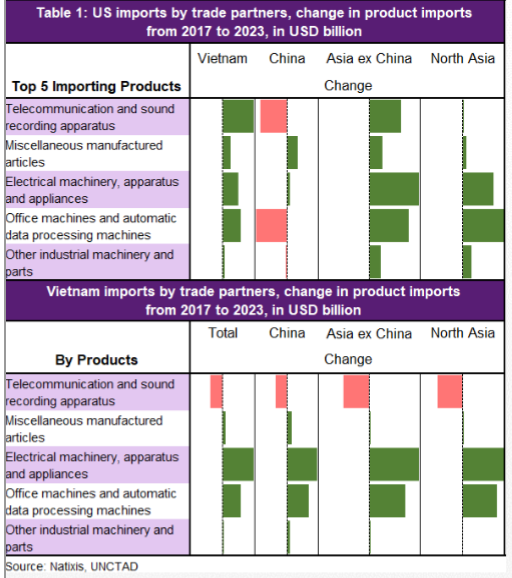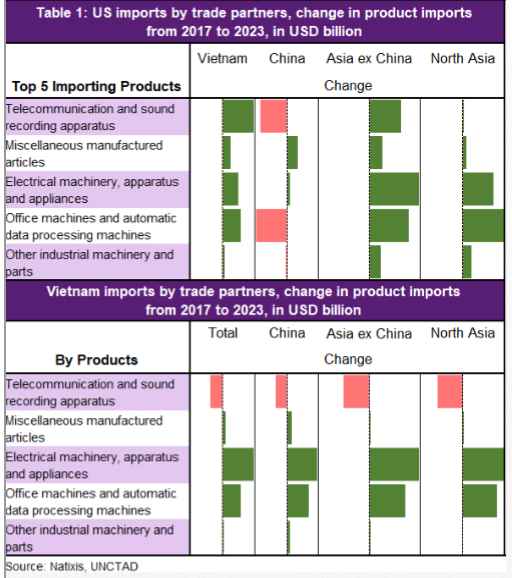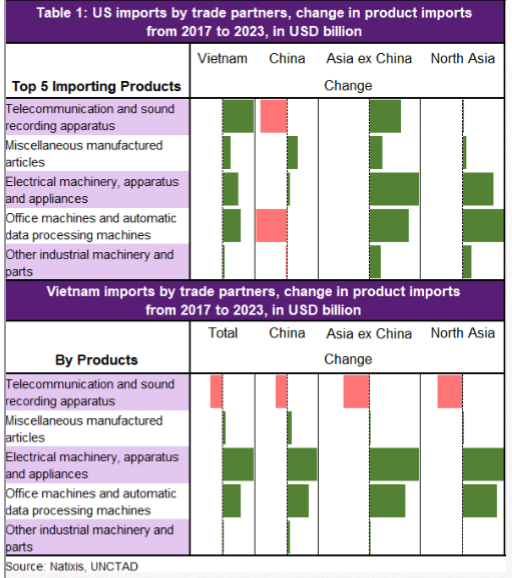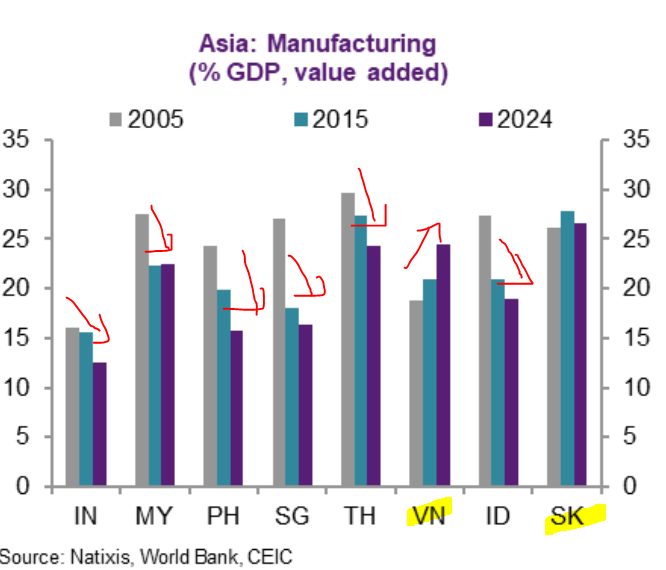Good morning!!! Did you see US CPI last nigh 🔥🔥🔥🔥? Yes, 6.2%! Did someone said that inflation peaked and transitory? What is the Fed's target? 2%
How many months since we have past that? 8!
How many months since we have past that? 8!

Of course stocks didn't like it, but u know what, the Euro didn't either & so didn't bonds.
Why? Well, have you seen US CPI? 6.2%! US CPI is higher than any of the EM Asian countries I cover. All!
What does that say about credibility of Jerome Powell? Janet Yellen? Joe Biden?
Why? Well, have you seen US CPI? 6.2%! US CPI is higher than any of the EM Asian countries I cover. All!
What does that say about credibility of Jerome Powell? Janet Yellen? Joe Biden?

For 8 months, inflation went PAST 2% & the Fed is supposedly data dependent.
Here we are - US inflation 6.2%. Even after the "steepening" last night, US 10 year is only 1.5493%.
Real rates are LE NEGATIVE! DEEP IN THE FREEZE ZONE🥶. When is the last time it was so? 1970s 👈🏻
Here we are - US inflation 6.2%. Even after the "steepening" last night, US 10 year is only 1.5493%.
Real rates are LE NEGATIVE! DEEP IN THE FREEZE ZONE🥶. When is the last time it was so? 1970s 👈🏻

What happens when the price of everything rises? You hope that your income rises higher, which is not the case. If your wages aren't going up high enough, then that means purchasing power goes down or YOUR STANDARD OF LIVING GOES LOWER. People have grievances & act accordingly. 

• • •
Missing some Tweet in this thread? You can try to
force a refresh












